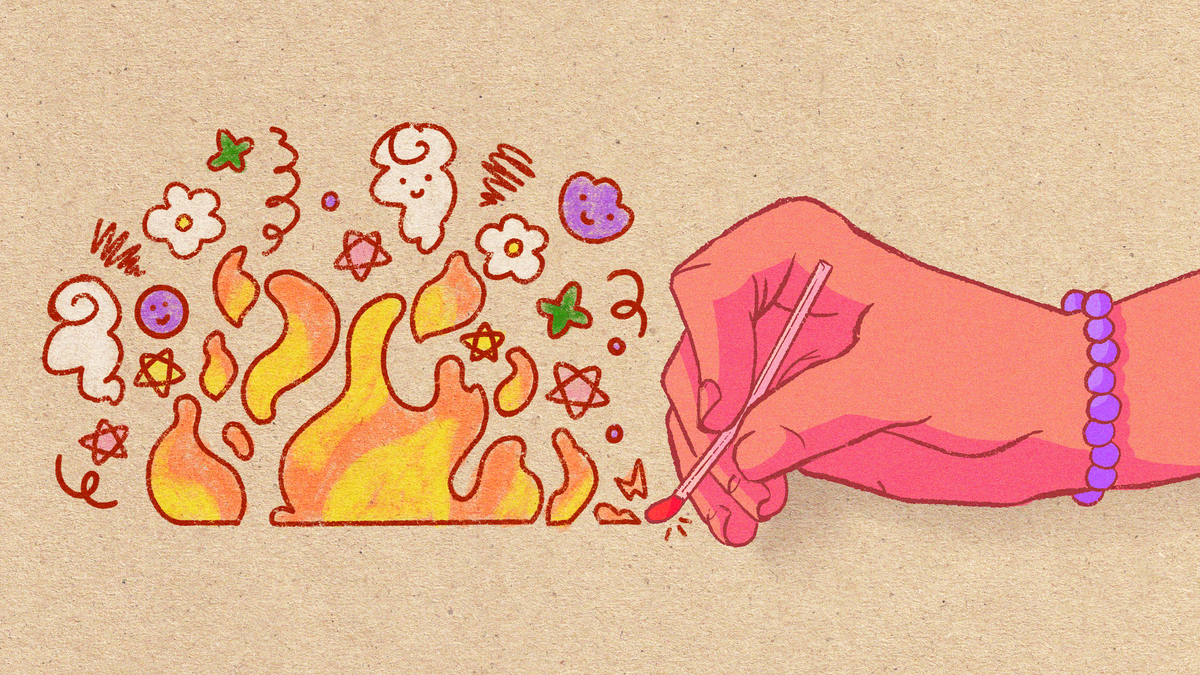Grab is raising its commission given the upcoming GST hike- but will this help or harm them?
While Grab is raising its commission fees, other firms are planning to absorb the costs. Will this move affect its path to profitability?

Disclaimer: Opinions presented below belong solely to the author.
With GST slated to increase to 8 per cent in a few days, many are concerned about the additional expenses that this may entail for them.
But for Grab’s private-hire drivers, they have something extra to worry about as well. The ride-hailing giant will be passing on the increased GST cost to drivers, increasing their commission fees by 0.18 percentage points on 1 January 2023.
While other ride-hailing companies like Gojek, Ryde and Tada, are planning to absorb the impact of the GST hike, Grab has instead raised its commission fees from an already high 20 per cent to 20.18 per cent.
Grab has defended this move, stating that GST is applied to the company’s commission as its drivers are considered the company’s customers.
In a statement, Grab argued that “the way Grab operates is that our driver-partners pay us for the ride-matching service that we provide… This is why GST is applied on the commission that driver-partners pay Grab.”
New year, new commission rate, and now, new complaints
Needless to say, this ‘new year present’ is not exactly a welcome gift for drivers.
But has Grab really done anything wrong? Probably not.
The relationship between Grab and its drivers has always been an iffy one. While it is cut and dried that they are gig workers, how gig workers are classified is a different story.
Grab drivers do not fall neatly into the category of employees — they decide their own working hours, and are free to take jobs from other platforms. As such, some drivers consider themselves contractors who serve Grab’s customers.
 What differentiates a gig worker from an employee / Image Credit: IRAS
What differentiates a gig worker from an employee / Image Credit: IRASIn a The Straits Times article, one driver expressed his unhappiness at the news of Grab’s increased commission rate, and argued that “We (drivers) are not buying their (Grab’s) services”.
It’s relatively easy to understand where these drivers are coming from. Grab’s commission will eat into their earnings, but at the same time, Grab has decided not to raise fares for its customers. This means that while the rides cost the same for customers, drivers will have to pay more to Grab and keep less for themselves.
According to PwC Singapore, however, Grab is within its rights to raise its commission in response to the GST hike. Since Grab is a GST-registered business, the commission that drivers pay to Grab is subject to GST.
Previously, Grab’s commission of 20 per cent already included the prevailing GST rate of seven per cent. As such, the increased commission rate is simply a reflection of the increased GST obligation that Grab will eventually have to pay.
On the contrary, because drivers themselves are not GST-registered, the fares that these drivers collect are not subject to GST.
There is also no regulation that says that Grab must bear the cost of the GST increase, and it remains a commercial decision by platforms to pass on the GST like what Grab is doing, or to absorb it like the other players.
So if Grab’s move is within the rules, why are there complaints about what Grab is doing?
Just because you can, doesn’t mean you should
Perhaps one of the reasons why Grab is receiving flak is because their move reeks of rules-lawyering, and to some extent, bullying.
Grab’s explanation essentially amounts to telling its drivers that Grab is not willing to bear the full cost of GST, and will instead pass it on only to the drivers. Customers will not suffer from higher fares, since Grab is afraid of alienating them.
In other words, Grab is doing what it can to protect its own interests, and presenting the outcome as a fait accompli.
Evidently, it’s not easy to be in Grab’s position as the middleman. In many ways, the GST hike has put them in an impossible situation.
The company is struggling to become profitable, and earlier this year, its stock price tanked by 40 per cent. In order to become profitable, Grab needs to increase its revenues while keeping its costs down.
Naturally, this would mean that it needs to increase revenue streams from both its customers and its gig workers.
Increasing its already high fares would be a bad idea since it might drive away customers who have plenty of alternatives to turn to. Yet, sitting back and passively absorbing the GST increase might mean burning more cash that the company cannot afford.
However, Grab’s drivers are relatively powerless when compared to the company itself. Grab has the power to set fares as well as its commissions, and while drivers who are dissatisfied are free to leave anytime, leaving the platform can come at a significant opportunity cost as it means closing the door on all of the rides that Grab provides to them.
 Grab’s market share in the ride-hailing market / Image Credit: Measurable AI
Grab’s market share in the ride-hailing market / Image Credit: Measurable AIThis power dynamic remains at the core of why Grab perhaps has a freer hand to act as it wishes when it comes to its drivers.
Unfortunately, it certainly is not a good look for Grab when it decides to pass on the cost of GST to its drivers while its competitors are not doing the same.
Will this move even help Grab?
Theoretically, increasing the commission rate to pass on the cost of increased GST onto drivers will help Grab on its path to profitability. Keeping costs low, after all, is one way to help bring Grab out of the red.
But what Grab’s riders and customers care about may not be the same as what Grab cares about.
Grab has already declared that all of the increased revenue from its commission hike will go to the Inland Revenue Authority of Singapore (IRAS), implying that Grab is not using the GST hike in an opportunistic manner to squeeze its drivers, but that’s cold comfort for the drivers who will see lower earnings as more of their fares go to Grab.
Grab’s commission of 20 per cent is already on the high end to start with. Gojek and Ryde currently take around 10 per cent of the fares as commission, and while Gojek has announced an impending commission hike to 15 per cent, it still falls short of Grab’s pre-hike rate of 20 per cent. Meanwhile, TADA is taking no commission at all.
With these alternatives for Grab drivers, Grab may find its drivers rapidly moving on to other platforms where they can get better deals.
We may also need to consider if Grab is remaining in the good graces of their customers as well — customers did express dissatisfaction with the reduced grace period for rides, and have also questioned if Grab charges customers more for rides to saved locations.
 A TikTok user suggesting that Grab charges more for rides to saved locations / Image Credit: Edo (mozzerelapapi) via TikTok
A TikTok user suggesting that Grab charges more for rides to saved locations / Image Credit: Edo (mozzerelapapi) via TikTokIf drivers leave Grab, Grab may also be forced to raise prices on consumers to make up for the lost revenue, and endure another round of complaints as their customers protest against the fare hike as well.
No one wants to pay the bill for the upcoming GST hike, but Grab’s way of dealing with it exposes some serious issues that need to be dealt with. The power imbalance between Grab and its platform workers, for example, would need to be addressed.
But the elephant in the room for Grab, at least in the foreseeable future, will remain its bottom line. Many of the issues that Grab is facing are interlinked — its struggle towards profitability depends on how much it can charge customers for rides and how much it can charge drivers through commission.
That said, keeping all parties happy seems to be a difficult, if not impossible job.
For now, however, Grab has made its move, although whether its decision will help it in its quest for profitability remains to be seen.
Featured Image Credit: Kham via Reuters

 Lynk
Lynk 































